In addition to my DSLR camera, I brought along a small point-and-shoot to capture video. I used it sparingly, only documenting the most epic views on this trek. The best clips are compiled into the following video.
Prayer flags, swinging bridges, yak trains, scary plane rides… all en route to the highest mountain on earth. The stakes are high! Check out the action and let me know what you think.
YAHOO…!! What an adventure this has been.
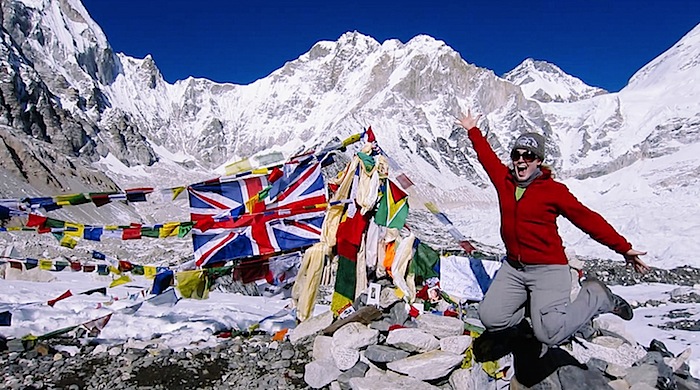
Here’s a recap of all my Everest Base Camp posts:
- Everest at a Glance
- Everest Day 1: Adventure and Apple Pie
- Everest Day 2: Epic Bridges to Namche
- Everest Day 3: Namche Bazaar ‘Rest Day’
- Everest Day 4: Chanting Monks in Tengboche
- Everest Day 5 & 6: Gaining Altitude
- Everest Day 7 & 8: Trudging to Lobuche & Gorek Shep
- Everest Day 9: Base Camp & Kala Pattar!
If you’re curious about what it’s like to hike to the summit of Mt. Everest — which is 11,000 feet HIGHER than Base Camp — check out Into Thin Air by Jon Krakauer. He hiked to the top of Everest in 1996 as part of a writing assignment in what turned out to be one of the deadliest seasons on the mountain until last week’s tragic avalanche (UPDATE: it looks like this year’s climbing season may not happen out of deference to the fallen Sherpas; more on this below). Krakauer’s account of the 1996 tragedy and the history of climbing Everest is gripping and I couldn’t put it down.
A few words about last week’s disaster on Everest:
Details surrounding this tragedy are difficult to confront. These Sherpas do all the heavy lifting — literally — for clients who pay over $60,000 EACH to attempt the summit (half of that covers the permit, the other half covers the services of a guiding company). Sherpas are the first up the mountain each April in preparation for May’s prime time to summit; they set up equipment and determine the safest path up the Khumbu Icefall, a dangerous field of crevasses on shifting ice. As Krakauer writes in Into Thin Air, guiding companies from various countries pool money together to pay Sherpas to fix ropes and ladders across the Icefall at the start of the season so it benefits everyone attempting to summit. That’s exactly what the Sherpas were prepping last week when the deadly avalanche occurred.
Sherpas can earn about $5,000 USD per month for this life-risking, back-breaking work.
Nepal earns 3.5 million annually in Everest climbing fees.
Immediately after the avalanche, families of the fallen Sherpas were each offered a paltry $415 USD by the Nepalese government. The government has since agreed to pledge more support: they will start a relief fund for injured Sherpas and families of those killed, build a memorial for the fallen, and increase the insurance payout to over $15,000 USD.
Without Sherpas, it’d be nearly impossible for anyone to summit. They deserve better compensation for this risky work.
My thoughts are with the families of the fallen, and with Sherpas currently struggling to decide if it’s worth it to earn a living under such dangerous circumstances.

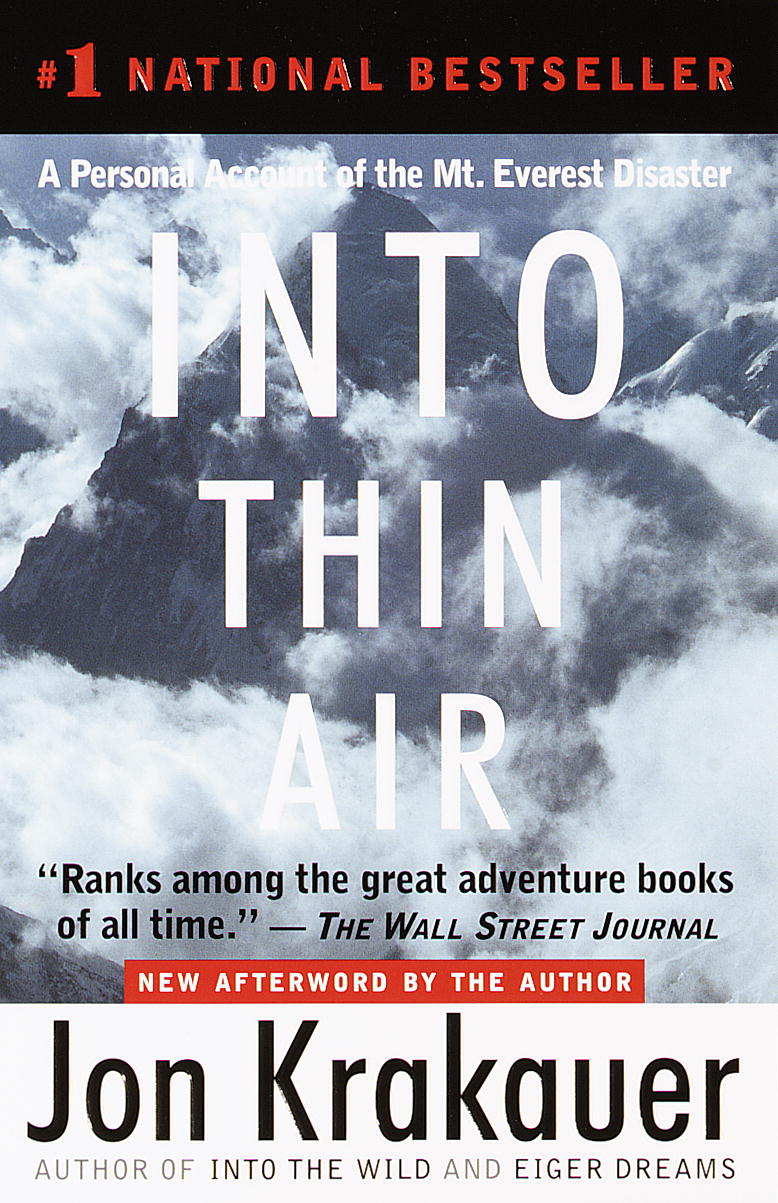
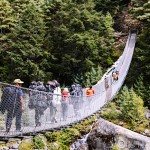
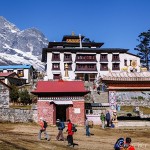
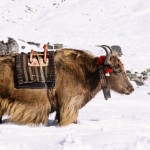
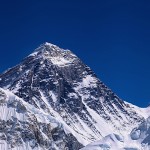
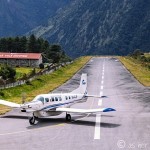

Its very nice just i visit this site its very incredible site i like it
I am a Trekking Guide in Nepal that,s way i impressive in this site
Thank you very much!